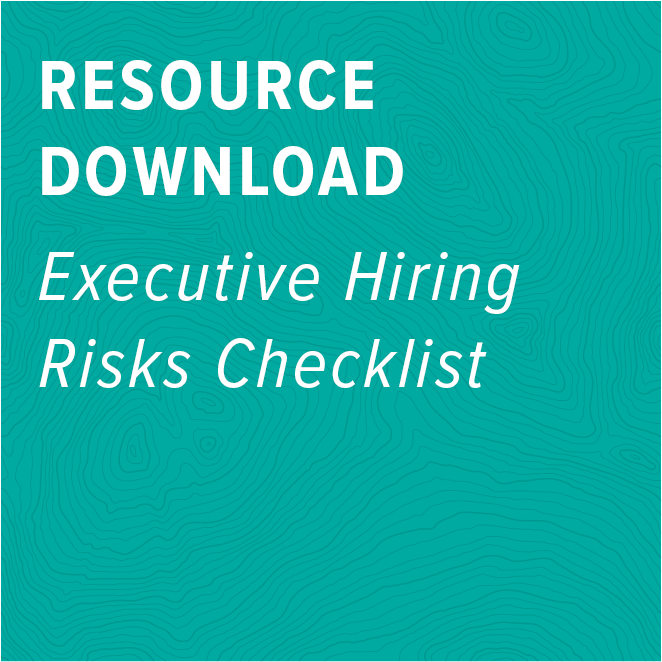
Are You Ready for Global Forces in the Outdoor Industry?
This week, the outdoor industry is facing two wildly different reactions to changes in the global market. On the surface, these two events—an event cancellation and a potential acquisition—seem entirely unrelated. But a closer look reveals a major shift happening throughout the entire outdoor and active lifestyle industry, one that your company must be prepared to embrace.
Interbike 2019 Cancelled: A Market in Turmoil
On December 6, Emerald Expositions made the tough call to cancel Interbike 2019 and lay off their show staff for the event. It’s no secret to anyone in this industry that the U.S. market for bicycles is in a huge upheaval, but the reasons Emerald gives for this event’s cancellation offer some surprising insights into the pressures that have caused this turmoil. In the announcement, Emerald’s EVP of the company’s sports group pointed to 2018’s “substantial increase in bike related tariffs” as a major challenge for companies in this space. With equally large tariffs announced for 2019, it’s clear that bicycle manufacturers are going to continue struggling to make the math work as they adapt their business models to forces much larger than any one company.
Amer Sports Acquisition: Global Economies Growing
Just one day after Interbike’s cancellation, a Chinese investment consortium made an offer to acquire Finland’s Amer Sports. Should the deal go through, a whole slew of outdoor brands like Arc’teryx, Peak Performance, and Atomic will suddenly be owned by Chinese investors. I personally don’t believe this is necessarily a bad thing; after all, Amer Sports will certainly benefit from this much-needed cash infusion. That said, it does give me pause; this will surely not be the last acquisition of its type as China begins extending its economic reach across borders. This is a sign of economic headwinds coming our way, and it’s going to require some serious foresight from companies who want to keep up.
The Key Question: Can Your Leadership Keep Up?
That’s what this all comes back to for me: Keeping up with big changes. Highline’s president, Tony O’Neill, published an article just last month about the importance of topgrading as outdoor industries face increasing outsider competition from brands like General Motors. But this is just one more reason that now is the time to think about whether your leadership is prepared for tomorrow’s market. Are your executives prepared to completely rethink your business strategy in the face of increasing tariffs? Do they have any experience in defending against (or even accepting, for that matter) attention from foreign private equity? It’s no longer enough to hope you’re prepared for whatever may come. When we get signs of the future so big and so close together, we have to pay attention—and react.
—Mike Martin, VP of Search
[su_row][su_column size=”1/2″ center=”no” class=””] [/su_column] [su_column size=”1/2″ center=”no” class=””]
[/su_column] [su_column size=”1/2″ center=”no” class=””]
Executive Hiring Risks Checklist
What are you doing to make sure you land your #1 candidate with each hire? Attracting executive candidates is a process rife with risk—if you don't know how to head that risk off ahead of time. Download our Executive Hiring Risks Checklist to take control of your hiring process and secure your top choice every time.